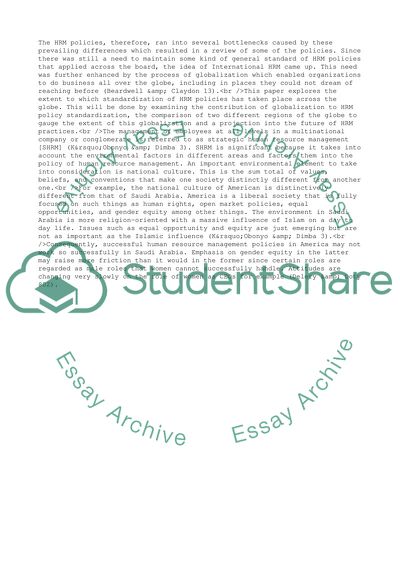Cite this document
(International Human Resource Management Coursework - 5, n.d.)
International Human Resource Management Coursework - 5. https://studentshare.org/management/1749204-international-human-resource-management
International Human Resource Management Coursework - 5. https://studentshare.org/management/1749204-international-human-resource-management
(International Human Resource Management Coursework - 5)
International Human Resource Management Coursework - 5. https://studentshare.org/management/1749204-international-human-resource-management.
International Human Resource Management Coursework - 5. https://studentshare.org/management/1749204-international-human-resource-management.
“International Human Resource Management Coursework - 5”. https://studentshare.org/management/1749204-international-human-resource-management.


